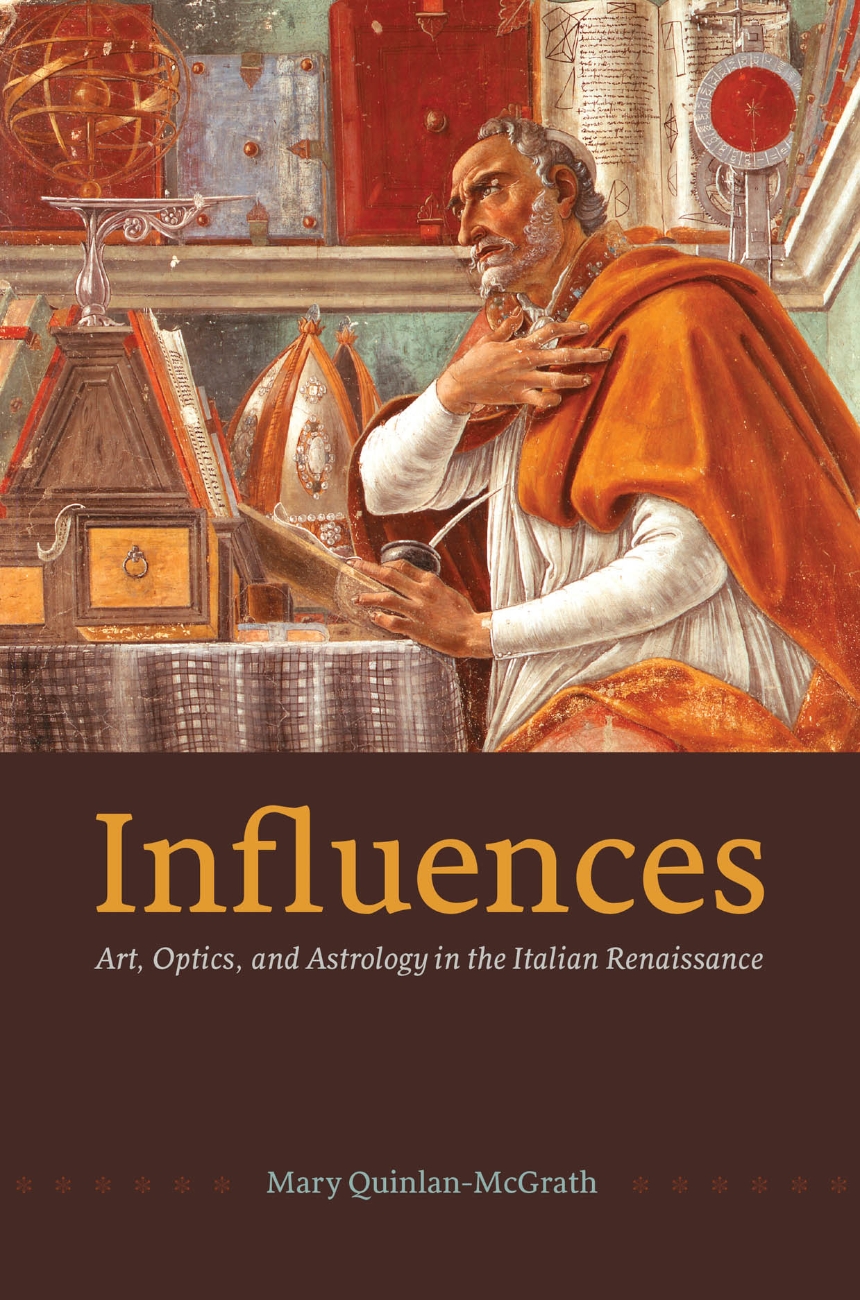Influences
Art, Optics, and Astrology in the Italian Renaissance
Influences
Art, Optics, and Astrology in the Italian Renaissance
304 pages | 14 color plates, 12 halftones, 14 line drawings | 6 x 9 | © 2013
Art: Art--General Studies
Reviews
Table of Contents
Introduction
1. The Study of the Heavens Is Holy: The Cosmos, the Creator, Vision, and the Soul
2. Let There Be Light: Rays in the Macrocosm
3. Celestial Rays and the Earthly World of Change
4. The Physical Nature of Vision, the Material Image, and the Soul
5. Early Modern Ecosystems: The City, the Building, the Person
6. Architectural Theory and Astrological Foundations: Three Case Studies
7. The Hidden Power in a Picture: How Celestial Rays Are Trapped in Images
8. Look, Reflect, Be Changed: The Great Astrological Vaults of the Italian Renaissance
Conclusion
Acknowledgments
Notes
Bibliography
Index
